On the Other Side
Walls should not exist.
They shouldn’t keep families from each other, or neighbours from friends. They shouldn’t be there to discourage movement, as they only then encourage fleeing – escape attempts that if not successful, may result in imprisonment, injury, or even death.
Between 1961 and 1989, between the overnight erection of bricks and mortar that divided Berlin and the equally rapid tear-down decades later, there were thousands of escape attempts and up to 250 deaths.
What remains are markers, memorials, and stories.
The wall forced a physical, political, and psychological barrier. Not only were people separated from their families and communities, but also their jobs, their ability to choose when and how they traveled, how they lived.
Decades passed. People adjusted, children grew up not knowing life without a wall.
And then suddenly, it came down.
“We don’t really use the term reunification,” our guide Chris said as we walked along the central memorial on Bernauer Strausse. In reality, once the euphoria settled on the wall coming down in 1989, it was more of an assimilation, a swallowing of the east side of the city into the ways of the west. Anger and resentment between the two previously divided sections soon followed during the difficult transition, and still exists for some today.
While the wall falling was at once a stupendous and important event, it generated a baffling and disappointing time for others. For many in the east, the fall of the wall brought about fear – it had served as a protective barrier against the perceived evils of capitalism and even the Cold War. Suddenly, their way of life was challenged and abolished, the views of the west were quickly imposed. “Some things, the east did better,” Chris insisted, but noted that the only item to be adopted from the east in the consolidated Berlin was the superior traffic light system.
The wall had ensured that two populations progressed in two different directions, creating barriers that were impossible to tear down overnight. While our history lessons will teach that there are always good and evil forces at play, exalted winners and spiteful losers in the wake of difficult times, the truth is that it is not ever that simple, nor resolved that easily. There are real people affected who did not choose the outcome for themselves, and who are only left to pick up the pieces.
Over two decades later, people still identify themselves as East and West Berliners. Some still won’t travel to the other side.
Walls should not exist.
*****
Many thanks to Chris and Context Travel for an enlightening and educating tour. While the tour was complimentary, as always, all opinions are our own.

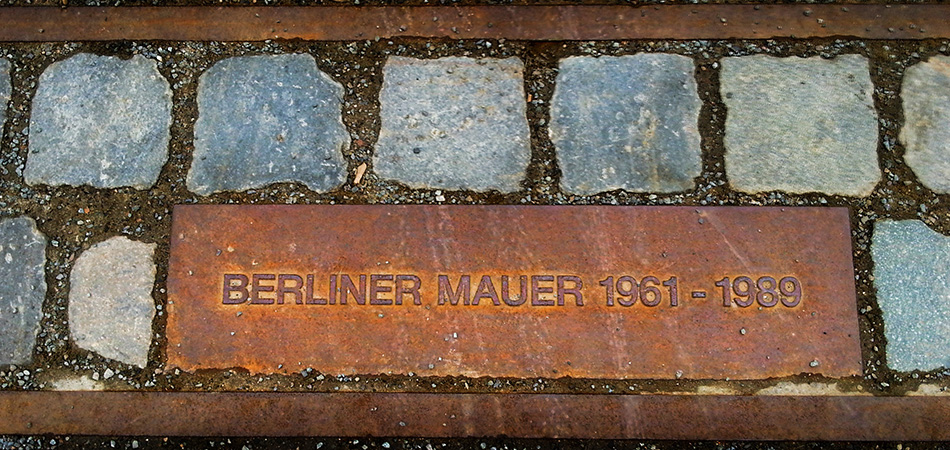
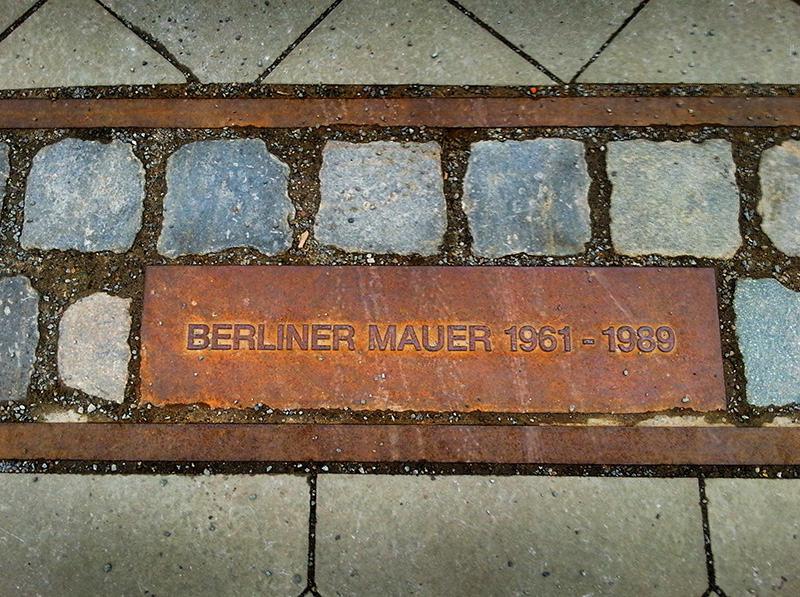
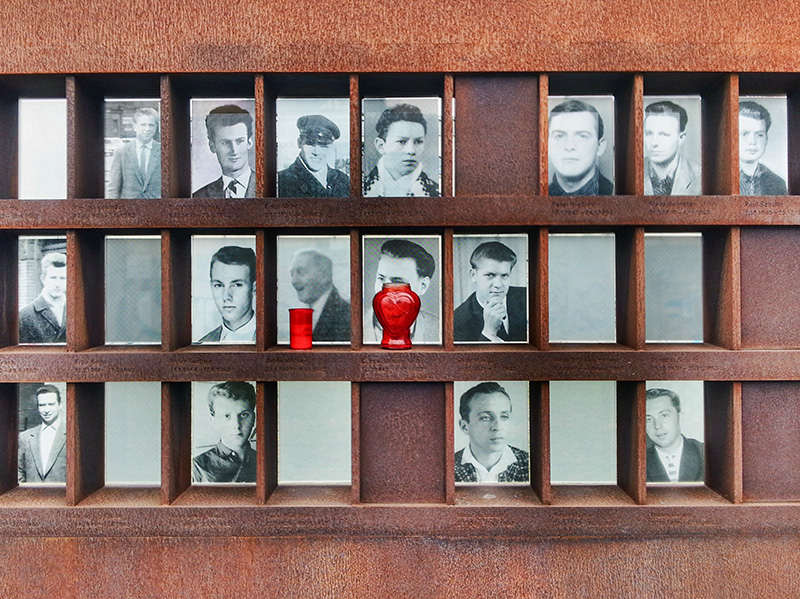
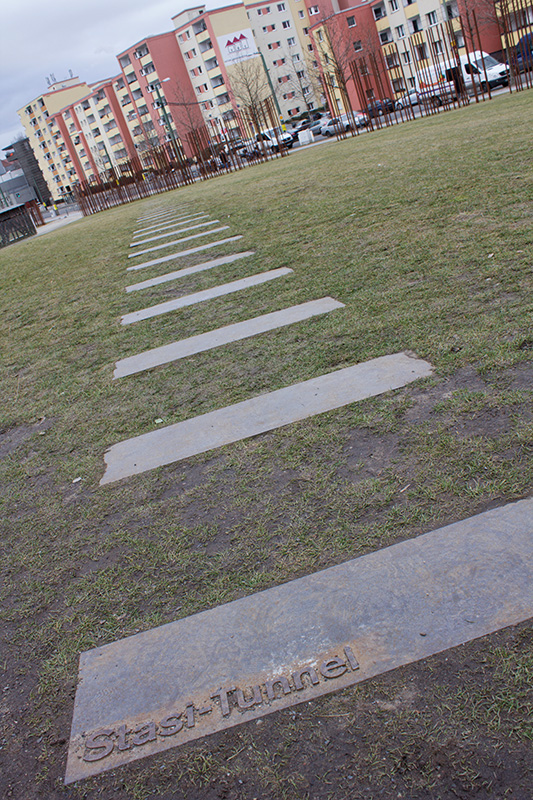
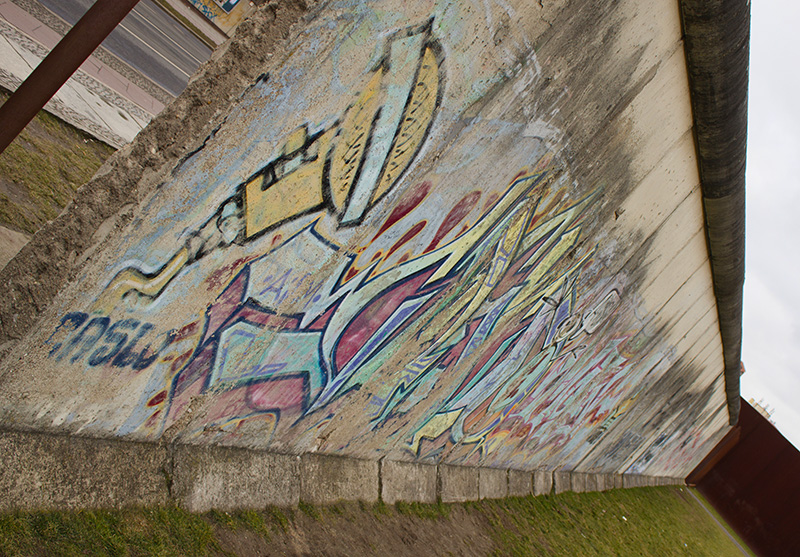
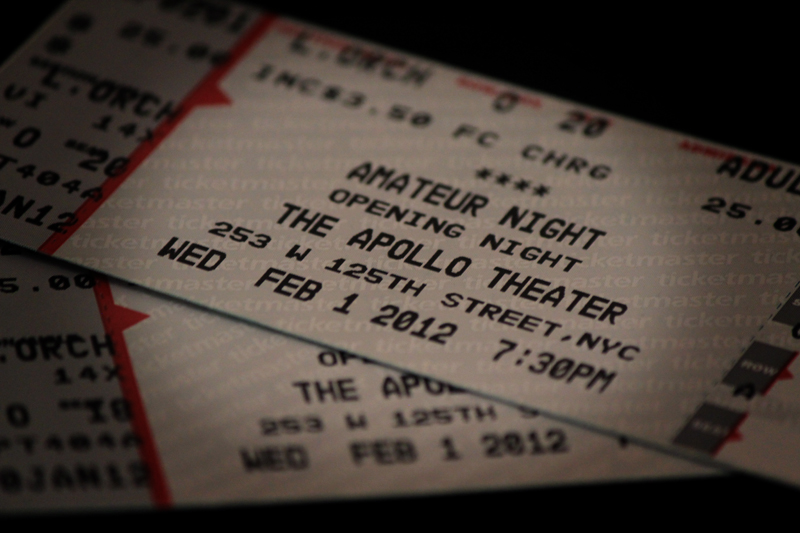
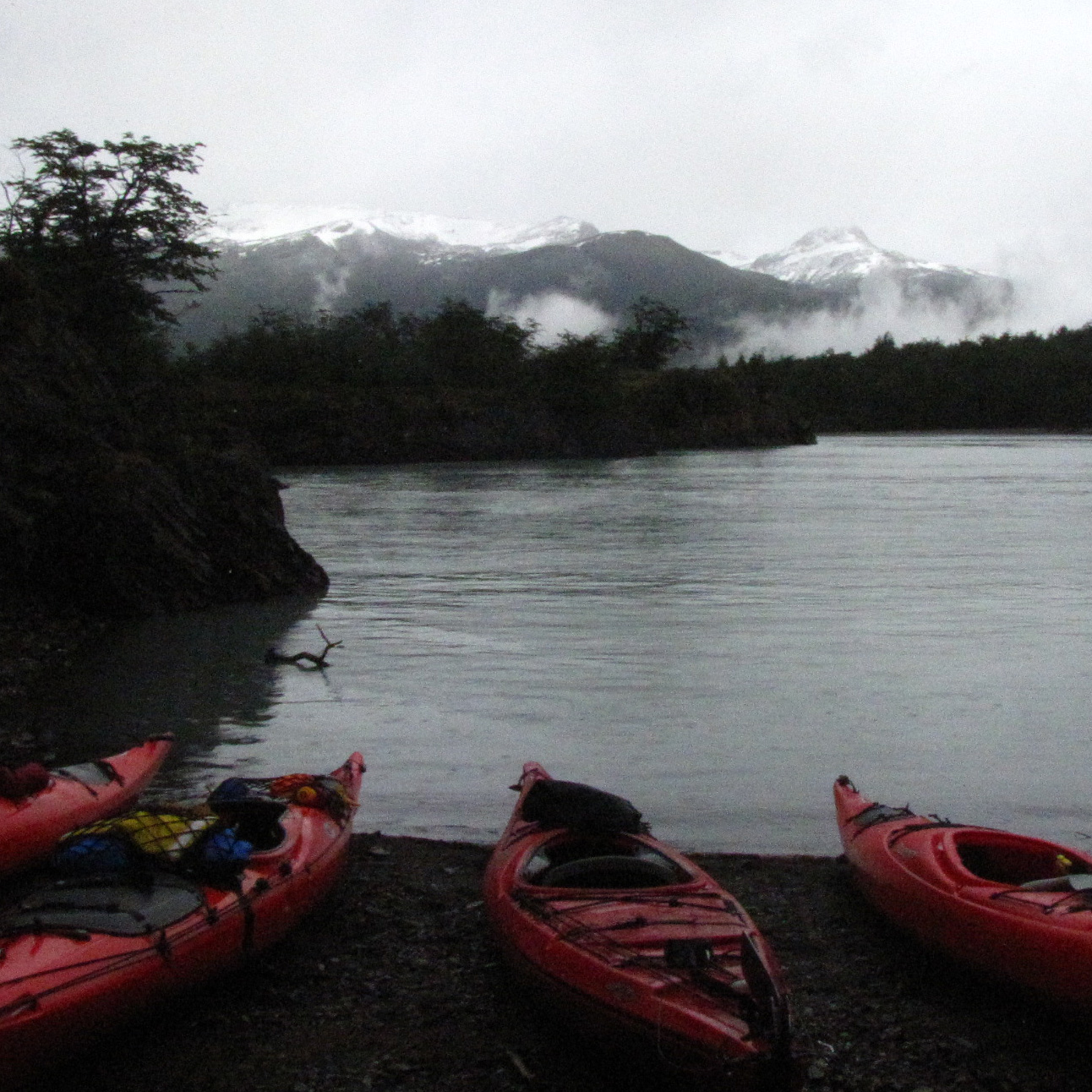
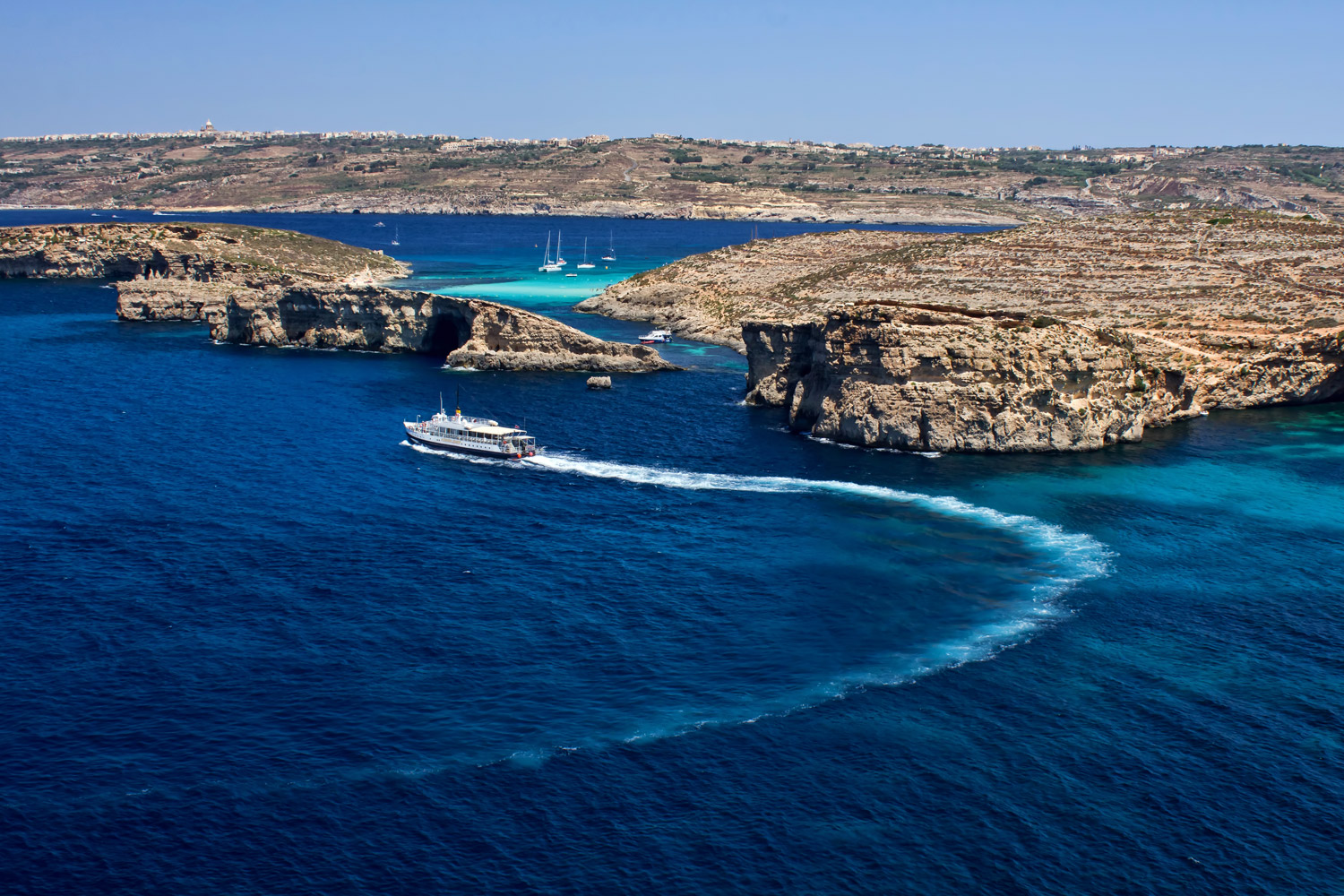
I found Berlin extremely fasctinating, but it left me impacted, as well. The Diary of Anne Frank was the first book I ever really loved, and since then I’ve been reading and watchng all I can about the transformation of Germany. Actually walking the Monument to the Murdered Jews of Europe and visiting Sachenhausen with a German friend was overwhelming, even after all of the research and pages read.
You’ve given me two ideas of what to do when we get back to Germany, although I do admit to having to take these things slowly and in small doses, they impact me so much.
Interesting about the traffic light system. I’m curious what else was considered better in East Berlin.
And for the people who won’t travel to the other side, is it only the older generations?
I suppose it is all subjective of what was “better”, depending on who you ask, and that was a statement from Chris our tour guide who grew up in East Berlin. Others will have their opinions.
I assume it to be older generations who don’t travel to the other sides as well, but who knows? It may still permeate down in some cases. Would love to talk to more people about this.
Very thought provoking. I never really thought about the East Berliners that didn’t want the wall to come down. And even for those who desired it, assimilation must have been tough at first given how differently they had lived. Even family members must have seemed totally foreign.
That is the truth. It’s easy to think of it as a grand victory for the west, democracy, and the world – but when we think of it only that way, we forget about the individuals that may have been adversely impacted. On both sides of the wall, really.
Thank you for your original observations, it sounds like a great tour. Berlin is a fascinating city, and the wall still a strange, difficult to conceive phenomenon for me. P.S I really liked your newsletter this month, thank you. Some of the biggest contributors to human kind were introverts, Dalene, and I hope if we ever get a chance to meet you’ll save me a spot in the corner with you.
Thanks Sarah! I will save room in my corner, but only if you wear black and come without a nametag. 🙂
I can’t imagine what the citizens of East Berlin felt when the wall came down. I’m sure it was excitement mixed with a huge does of fear! Very interesting story and one of the reasons I really would love to visit Berlin.
Thanks Debbie. Berlin is so fascinating. The sights are interesting but I would love to spend more time there just talking to people about their views.
Great post. Thanks for giving perspective to a horrible and fascinating piece of history.
Thanks Ed. Glad you enjoyed it – there are always a hundred different ways to look at one piece of history. I was happy to be given this alternative view.
It’s pretty amazing how the impact can last so long after the walls are torn down. What’s even worse is North and South Korea, where the problem may very well be impossible to overcome, even if reunification manages to happen.
You are right about the Koreas! It would take many, many generations to overcome that as well. And I also think of Northern Ireland where the wall still exists in Belfast – even though the discontent has (relatively) calmed down, I still think it will be years before that wall comes down, and before people heal from all that has happened.
There’s a lovely film – Goodbye Lenin – about a boy whose mum was in a coma during those life-changing November days in 1989. He does all he can to protect her from the (to her) horrible news that East Germany is no more.
Sophie – thanks SO MUCH for mentioning that movie. Someone told me about it awhile ago but I couldn’t remember the name and I’ve been longing to know so that I could see it! Thanks! 🙂
I agree, they shouldn’t. What a powerful post!
This post is great. I love reading articles that give info about “the other side”. Walls shouldn’t exist, physical or otherwise. I have not yet been to Germany but when I get there I am going to spend some time learning more about the fall of the Berlin Wall. Thanks for sharing!
Dalene, even people who’ve spent large chunks of time and stayed in Berlin have said that the learning process will remain for the rest of their lives. As such, my 9 or so weeks in Berlin was but a modest tip of the iceberg, as it were.
Walls are present everywhere: everybody builds them physically, mentally, emotionally. I strongly believe how we face these challenges is a part of the human day-to-day experience.
Very good points and thank you for adding your comment Henry. After spending a modest three weeks in Berlin, I am convinced that, as you said, it would take so much more to really learn about the city and it’s complex history. And I would LOVE to…
I agree. Some walls should not exist. I remember being there and I was very much impressed with the feeling of the place.
One of the things I most want to see in Berlin. Probably after you were there?, there was controversy about some of the remaining wall coming down for a new development. It will take many generations I guess for the psychological and cultural walls to come down.
Yes, we were there at that time. We had planned to go to one of the rallies to save the East Side Gallery but then the time was changed and we missed it. 🙁
I think you can still feel some of the split within Berlin but of course we now have generations who don’t remember the wall when it was up and are forging their own Berlin. I love the city and the history is nothing short of fascinating.
It is interesting to think about the supporters of the socialist regime and not immediately condemn them all but give time to listen to their voice too.
Everyone deserves that chance, right?
Absolutely! One of the most important things we can do as a traveler is to listen to everyone’s story.
You make some really interesting points. I’d never really considered that people would want the wall to remain. Or that some would still avoid venturing to the other side.
I never had either Arianwen, which is why I love working with Context Travel so much, their tours are always so educational, deep, and enlightening. And I also think that when we learn about it in school or other reading, etc. we just think about the WINNER saving the LOSER, right? We don’t get a chance to think about the real effects on the people involved.
It’s definitely been interesting learning more about WWII and the history of the Berlin Wall during my time living in Germany, though I hate I haven’t even been to Berlin yet. And it’s odd in a way that there’s talk of tearing down what remains of the wall to build apartments or something, and how controversial this is. The bits that remain represent history that should never be forgotten, both the division the wall caused and piecing things back together. I hope they manage to keep it in tact as a memorial to the decades of important history. I feel like tearing down what remains would be like trying to erase history, like it’s not important anymore. Great post, thanks for sharing.
That was happening right while we were there – the protests against ripping down the East Side Gallery. Sadly, it happened. 🙁
Ugh, that makes me sad. I hate for significant pieces of history to be destroyed like that.